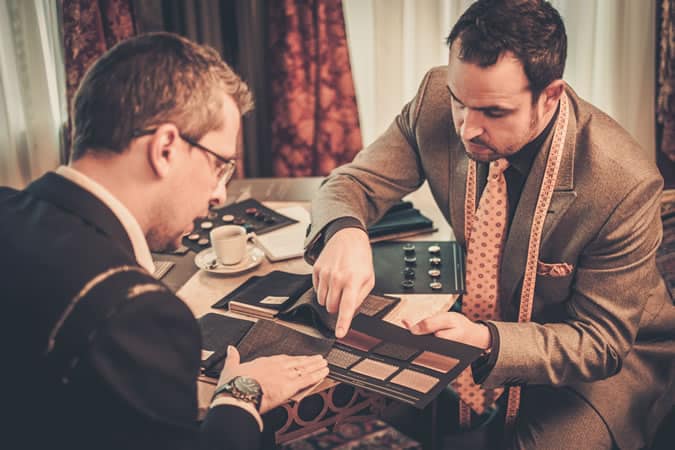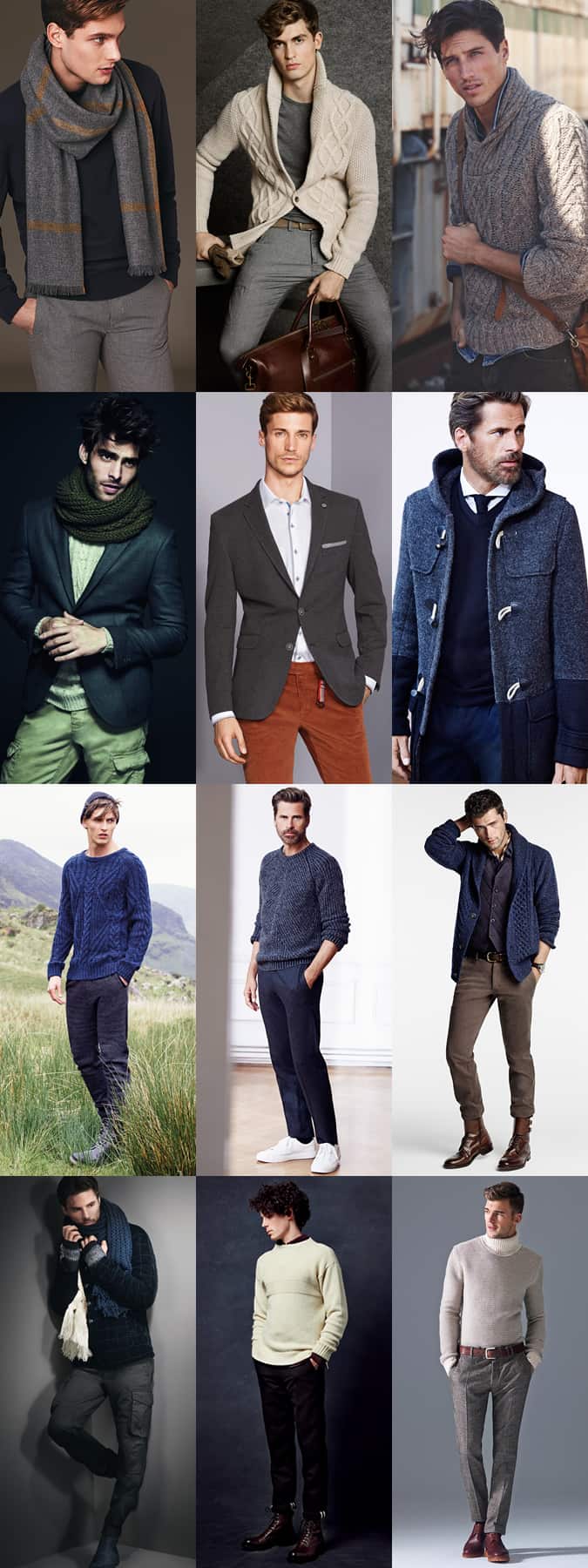How To Buy A Damn Good Suit, As Revealed By Tailors
No matter our occupation, we’re all in the business of self-salesmanship. Every day we set about selling ourselves to employers, clients and potential partners (whether professional or romantic). And there’s no more persuasive outfit to do so in than a suit — a garment that, properly cut and styled, gives a man confidence, and gives others confidence in the man.
Comprising a jacket and trousers in a matching cloth (and sometimes a complementary waistcoat), the suit as we know it today has changed little over the last century. Sure, there have been fluctuations according to fashions of the day (proportions growing slimmer in the sixties, and more voluminous in the seventies, for instance), but the sort of classic suit you should aim to buy will be immune to those whims. Select or bespeak a suit of sufficient quality and timeless style, and it should last you a lifetime — perhaps even be passed down to your offspring.
Here’s how to buy a suit that will prove a blue chip investment in selling yourself.
What To Consider
First, you need to ponder what purpose or occasion you’re buying a suit for. The suit purchased for work in a sober office environment will be very different to the one obtained to wear to a summer wedding in the countryside.
What are you trying to communicate with the suit, what image do you hope to create? What sort of climate conditions will it be worn in — does it need to warm you or keep you cool? That’s going to dictate the cloth: lighter (perhaps open-weave) wools, linen, cotton or even seersucker for summer or tropical climes, heavier worsted, flannel or maybe cashmere or vicuna (if you can afford it) for the colder months and highly air-conditioned environments.
 Shutterstock
Shutterstock
Then there’s style preferences: double- or single-breasted jacket; peak or notch lapel; two- or three-piece; flat-front or pleated trousers?


















